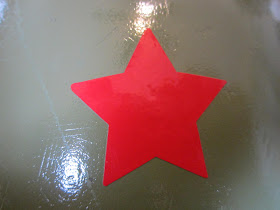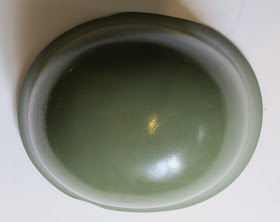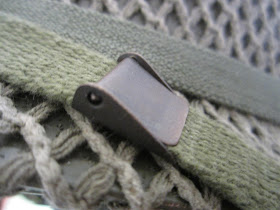Is it just me...
or does Tito look like Liberace?
Josip Broz Tito, the Yugoslav partisan leader of WWII is said to have designed the Ne44 helmet; the forerunner to the last generation Yugoslav helmet, the m.59/85.
(Note: There are differences of opinion regarding the lineage and the designation of the Ne44. I think this is more than a fine point as I have heard this assertion before. I use the collector and author Paolo Marzetti as a yardstick for this blog and my collection, nonetheless every source may have errors. Please see Bill's comment at the bottom of this page, he is a knowledgeable collector and I respect his opinion).
With the end of the Cold War era and the civil wars and internal disruptions that typified some former Eastern Bloc countries of the time, the m.59/85 transitioned from use in the Yugoslav army to the various emerging forces of Slovenia, Croatia, Bosnia and Herzegovina, Servia, Montenegro, and Macedonia. Simple huh?
But I digress, let's stick to good old Yugoslavia when it was still, nominally, under the Soviet umbrella. I stress nominally. Tito was a nationalist strongman, who did not march in lockstep with Stalin or his many successors. By and large Tito was his own man and he strove to plot a course for Yugoslavia that was unique among the Eastern Bloc countries and client states.
The Ne44 helmet was introduced in 1952 and was used, along with its successor the m.59/85
through the end of Yugoslavia's existence.
Of note is the captured German materiel in use by these Yugoslav soldiers.
Here then is the offspring of the Ne44, the m.59/85. It is interesting to note that unlike many Soviet client States which adopted various versions of the Soviet Ssh-40 and 60 helmets, Tito, characteristically, chose to retain this unique helmet design for Yugoslav military forces.
A primary difference between the m.59/85 and its progenitor the ne44 is that the bottom edge of the m.59/85 is curved while the earlier is more straight, this is very evident when the rear skirts of the two models are placed side by side on a flat surface.
Commies! the bogey men of my Cold War childhood.
Anyone familiar with the US M1 helmet will recognize this Riddell-style suspension. It is used in nearly all of the M1 euro-clones and even here in the helmet of a Cold War enemy.

Typical Riddell adjustment for depth at the crown.
With the headband removed one can see that unlike the USM1 the crosspieces in the m.59/85 are adjustable by buckles.
The headband assembly.
Another significant difference between the Ne44 and the m.59/85 is the manner in which the headband suspension is affixed to the liner.
In the Ne44 all suspension components are permanently fastened making replacement of a damaged suspension difficult, if not impossible.
The m.59/85 has an entirely different fastener.
The head band lock into place with a spring-loaded fastener, making replacement of the band a cinch.
An American invention that turns up in helmets across the globe is this little spring clip which attaches the headband to the suspension.
The headband has an adjustment buckle in the back
I wouldn't say that the chinstrap bail is flimsy, but it is the thinnest and most lightweight that I have ever seen in a helmet, certainly any of my helmets. The wire isn't much thicker than a paperclip.
Another difference between this helmet and the Ne44 is the chinstrap. On the earlier helmet the strap has a single adjusting cam buckle, the newer helmet has two.
Tito's design is still soldiering on and is one the the few European helmets that hasn't yet been replaced by the newer composite models.
I'll see you next time with another cool helmet from the collection.
Mannie

























































